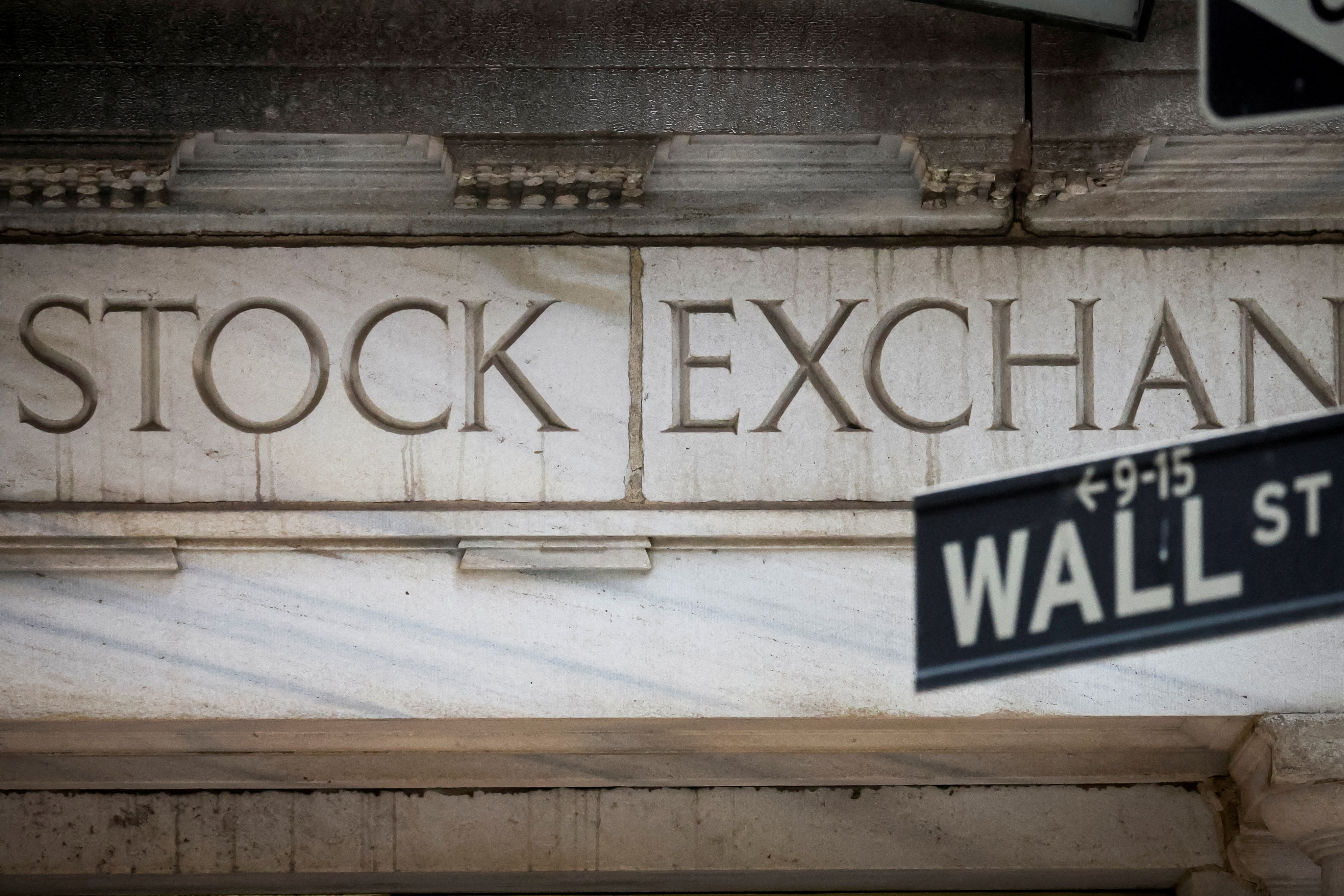Wall Street closed lower on Tuesday, with the S&P 500 declining for the fourth straight session, as skittish investors fretted over Federal Reserve rate hikes and further talk of a looming recession.
Among the biggest drags on the S&P was Meta Platforms Inc (META.O), which slid following reports that European Union regulators have ruled the company should not require users to agree to personalized ads based on their digital activity.
However, technology names generally suffered as investors applied caution toward high-growth companies whose performance would be sluggish in a challenging economy. This hit Apple Inc (AAPL.O), Amazon.com Inc (AMZN.O) and Alphabet Inc (GOOGL.O) and sent the tech-heavy Nasdaq down for a third straight session.
Most of the 11 major S&P sectors were lower, with energy and communications services (.SPLRCL) joining technology (.SPLRCT) as leading laggards. Utilities (.SPLRCU), a defensive sector often preferred during times of economic uncertainty, fared better.
Future economic growth prospects were in focus on Tuesday following comments from financial titans pointing toward uncertain times ahead.
Bank of America Corp’s chief executive predicted three quarters of mild negative growth next year, while JPMorgan Chase and Co’s (JPM.N) CEO Jamie Dimon said inflation will erode consumer spending power and that a mild to more pronounced recession was likely ahead.
Their comments came on the heels of recent views from BlackRock and others that believe the U.S. Federal Reserve’s aggressive monetary tightening to combat stubbornly high price rises could induce an economic downturn in 2023.
“The market is very reactive right now,” said David Sadkin, president at Bel Air Investment Advisors.
He noted that, while markets traditionally reflect the future, right now they are moving up and down based on the latest headlines.
Fears about economic growth come amid a re-evaluation by traders of what path future interest rate hikes will take, following strong data on jobs and the services sector in recent days.
Money market bets are pointing to a 91% chance that the U.S. central bank might raise rates by 50 basis points at its Dec. 13-14 policy meeting, with rates expected to peak at 4.98% in May 2023, up from 4.92% estimated on Monday before service-sector data was released.
The S&P 500 rallied 13.8% in October and November on hopes of smaller rate hikes and better-than-expected earnings, although the expectation for slower rate hikes could be undermined by further data releases, including producer prices due out on Friday.
“The market got ahead of itself at the end of November, but then we got some good economic data, so people are re-evaluating what the Fed is going to do next week,” said Bel Air’s Sadkin.
According to preliminary data, the S&P 500 (.SPX) lost 57.05 points, or 1.43%, to end at 3,941.79 points, while the Nasdaq Composite (.IXIC) lost 225.01 points, or 1.99%, to 11,014.93. The Dow Jones Industrial Average (.DJI) fell 347.49 points, or 1.02%, to 33,599.61.
Jitters on the direction of global growth have also weighed on oil prices, with U.S. crude slipping to levels last seen in January, before Russia’s invasion of Ukraine disrupted supply markets. The energy sector (.SPNY) fell on Tuesday.
Banks are among the most sensitive stocks to an economic downturn, as they potentially face negative effects from bad loans or slowing loan growth. The S&P banks index (.SPXBK) was down, with Bank of America a leading decliner.
Elsewhere, Mirati Therapeutics Inc (MRTX.O) slumped after the company reported disappointing early trial data on its experimental cancer drug adagrasib.
Textron Inc (TXT.N) climbed after the U.S. Army awarded the contract for its next-generation helicopter to the company’s Bell unit.
Related Galleries:



